Strawberry planting patterns
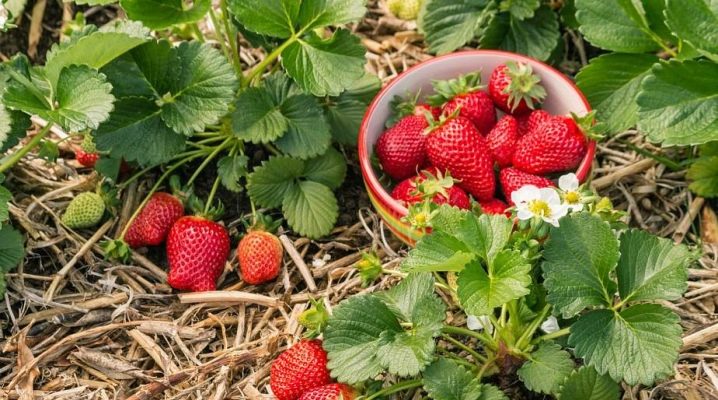
The strawberry harvest depends on many reasons. It is laid during planting seedlings, it must have a good mustache and rosettes. It is important to choose a bright, open area with loose, fertile soil and an optimal planting pattern. If planted too densely, the plants will lack the sun, they can become infected with diseases, the berries will turn out to be small and tasteless. You should rarely plant too: the usable area must be used rationally.
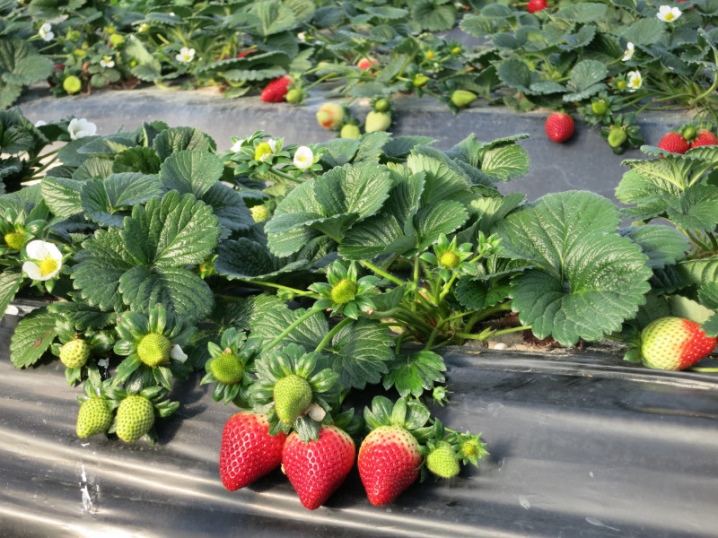
One-Line Landing
Choose a well-lit area, inaccessible to cold winds, not in the lowlands. A bed 1 meter wide is made on it. The height depends on the depth of the groundwater: the closer they are, the more they raise the soil for cultivation of strawberries, up to 40 cm. The soil needs slightly acidic. If it is alkaline, nitrogen fertilizers are added, lime is added to the clay soil, which is successfully replaced with ash. All additives are added in advance; when planting strawberries, dressing is not used. At the edges of the beds, strawberries are planted in 2 rows.
New plantations should be properly planted in August-September so that they take root before frost.
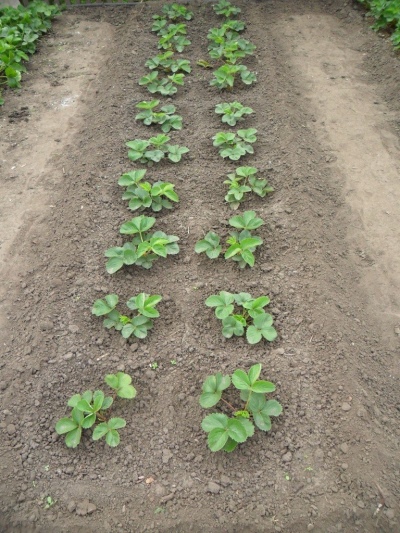
In one row, strawberries and strawberries are planted in the open field where there is little room for a wide ribbon... Dig holes at a distance of 20 cm between seedlings. The next row is planted 90 cm from the first. The free space is gradually filled with new bushes, which are obtained after rooting of the rosettes. With this method of cultivation, you need to monitor the length of the mustache of garden strawberries, cutting them off in time.
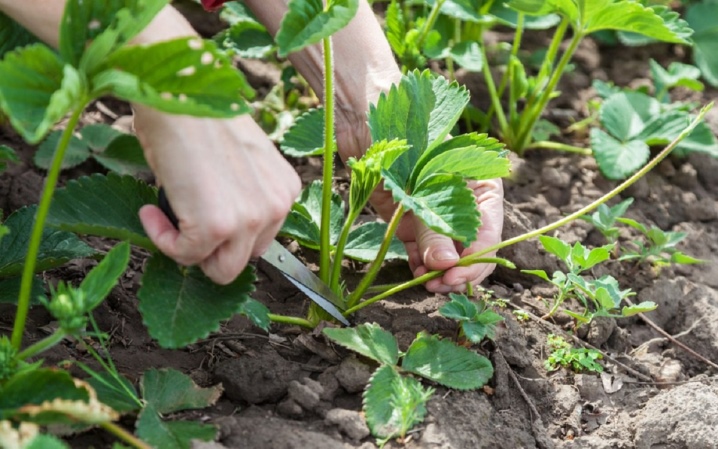
Two-line way
This scheme of planting strawberries is used more often than the first. It is more convenient to move between plants, to harvest or to loosen the ground. They get sick less often because the roots get more air. The method is as follows: the first groove is laid, after 30 cm another one. Then there is a row spacing with a width of 60 cm, then the next two-line tape is made.
You need to do a little preparatory work:
-
drive in pegs from both sides, and pull the cord;
-
using a tape measure, outline the location of future seedlings.
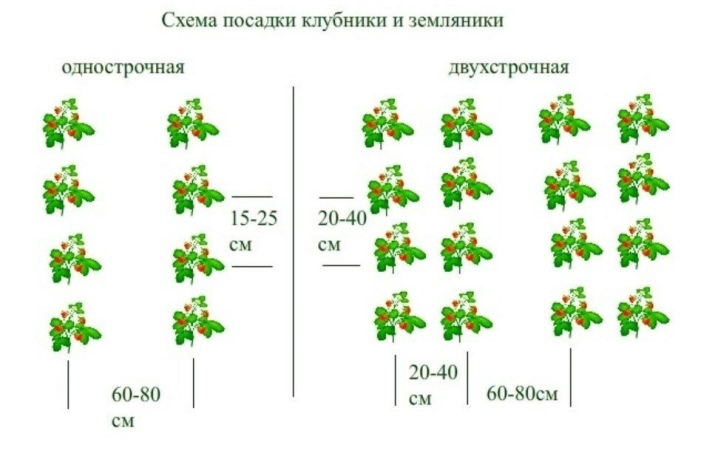
Then along the length of the cord, after 25 centimeters, holes are made, filled with water, a seedling is placed in them. Its roots are covered with earth, soil is poured. At the end of planting, the strawberries are well watered. Depending on the weather, the planted seedlings need to be moistened and mulched with compost or sawdust.
This method of planting is preferred by the Victoria variety, which has long been known to gardeners.
Strawberries planted in rows grow well and bear fruit in one place for 4-5 years. The more fertile the soil, the less often seedlings are planted so that the bushes do not interfere with each other.... Varieties with a powerful development are located more freely, over a larger area, less bushy - more often, at a distance of 20 cm. All growing whiskers are immediately removed, which provides good lighting, air access and reduces the risk of disease.
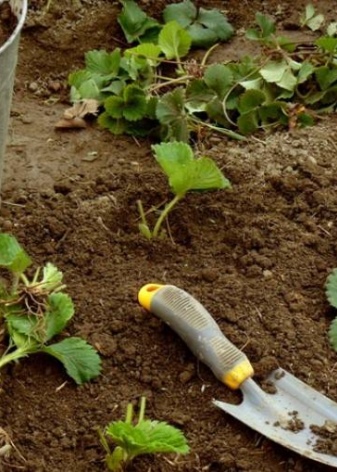
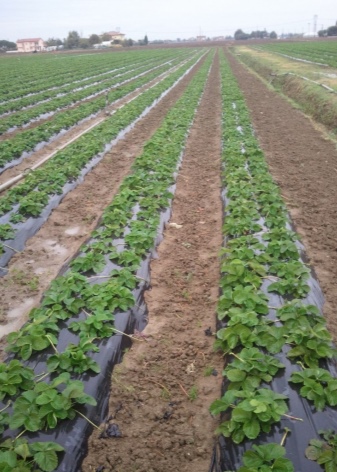
At what distance to plant in 3 lines?
On a bed more than 1 m wide, the plants are arranged in 3 rows. The gap between the bushes is about 30 cm, the rows are 15-20 cm apart, the row spacing should be 70 cm in size. After 2 years, the middle row is uprooted, creating better conditions for the remaining plants.
Three-line planting has one drawback - the need for regular tillage. Pros: strawberries planted in a row develop well and give a stable harvest, it is convenient to move between the beds when caring for plants, harvesting. Many gardeners consider this method to be optimal.
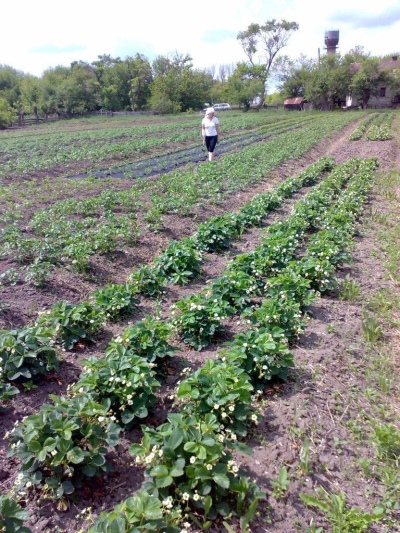
Choosing a scheme taking into account the variety
For planting in the fall, use fresh seedlings, the best time is the first half of September... At this time, strawberries take root well, next year they will give their first harvest. We must not forget about early frosts, which are detrimental to young plants. If the temperature dropped to -10 degrees, and the snow did not fall, you need to urgently cover the berry with a spunbond.
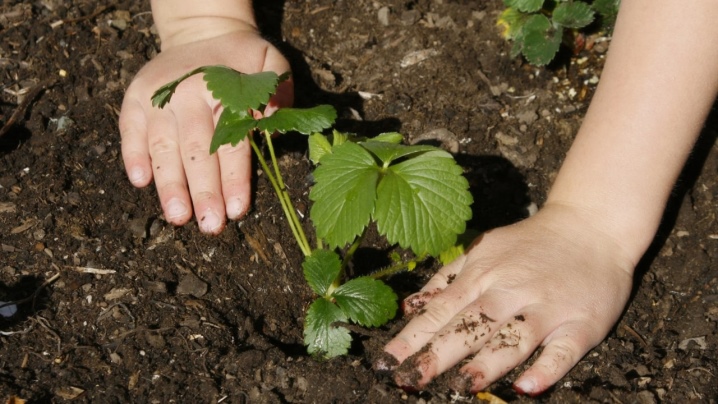
Varieties are chosen taking into account climatic conditions and soil type. It is better to dwell on local, proven ones, planting plants of different ripening periods. A feature of strawberries is the property of early varieties to give a significantly lower yield than middle and late varieties.
The timing of planting garden strawberries in spring depends on the growing area and weather conditions. In the northwest, in the central regions, in Siberia, it falls in the first half of May, in the southern regions - in mid-end of April. At this time, there is no high-quality planting material. Rosettes from old bushes and last year's mustaches are sold, which will not yield a harvest soon, they need to be grown throughout the year.
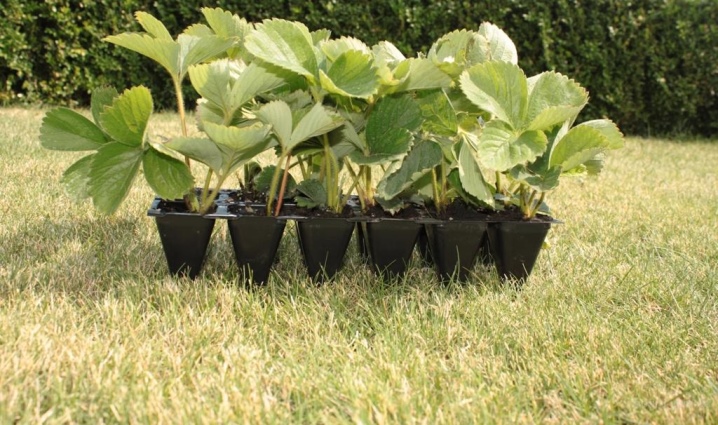
The summer planting period is considered more favorable, which is determined by regrowth of whiskers 1 and 2 orders. At this time, seedlings are planted, which will form a powerful root system and prepare for winter.
When planting strawberries of early varieties, a two-line method is used; after picking the berries, it is thinned out, increasing the distance between the bushes.
Plants of medium and late ripeness are planted in lower case schemes, trying to leave distances between them so that the whiskers do not intersect. Otherwise, the varieties will be confused.
The size of the gaps between the bushes and the width of the row spacings are chosen taking into account the varieties: larger plants forming powerful bushes require more space.
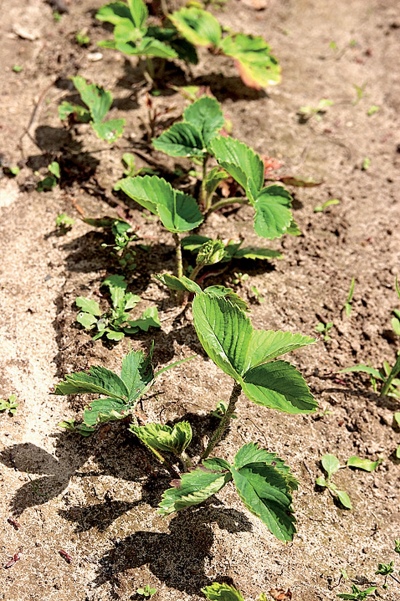
Gardeners often use non-woven material-agrofiber, spunbond, lutrasil for growing strawberries... The soil is dug up, weeds are removed, fertilized and leveled. Then a black canvas is spread, the edges of which are securely fixed around the perimeter with boards and bricks. The spunbond should have a high density so that the grass does not grow through it. Strawberries are planted in incisions made at a distance of 30 cm from each other. With this method, there is no need for weeding, less watering is required. The berries remain clean, rarely get sick with a fungal infection, ripen earlier than growing without shelter. With this planting, the soil should be fertile, loose.
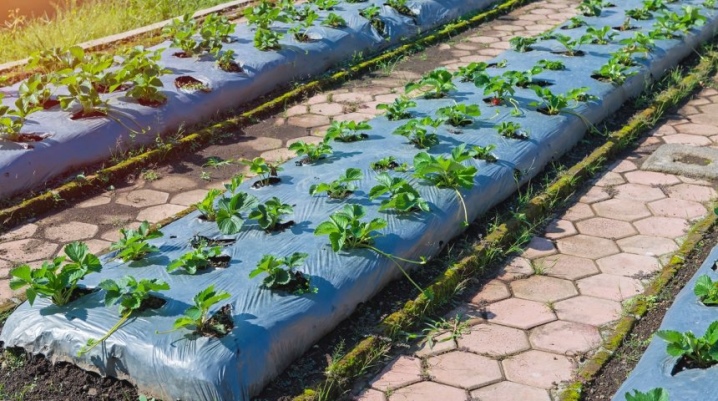
In a checkerboard pattern, it is recommended to plant tall and highly growing bushes of garden strawberries, which require a lot of nutrition for laying a crop and producing a mustache for further reproduction. In this way, 3 bushes are placed on 1 m2, placing them in 2 rows, like on a chessboard, with an interval between plants of 50, and one row from another - 70 cm.If plantings are made under black covering agrofibre, problems with soil drying, loosening, there will be no weeding and trimming of the mustache. This is how the Dutch late-ripening variety "Magnus" is planted, the berries of which ripen in July, fruiting continues until mid-August. Gardeners like it for its high yield, sweet, aromatic berries that ripen for a long time.
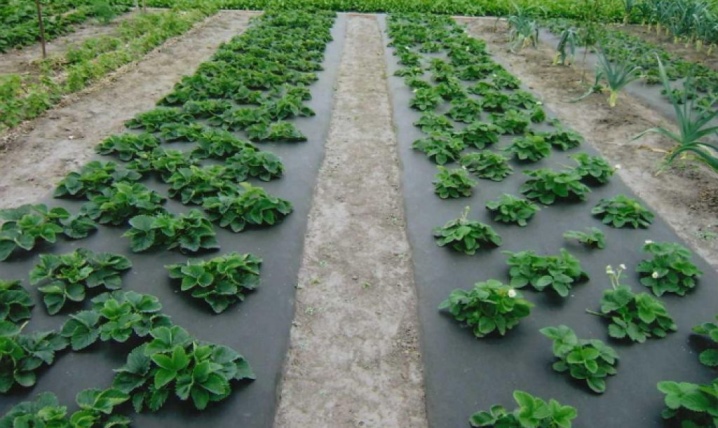
Strawberries are popular, they grow in every country house, personal plot. In addition to the listed landing methods, there are unusual ones, with their own characteristics and subtleties. Their choice depends on the place of growth and the variety of berries. In cold, damp areas, raised trapezoidal small beds made of boards or other scrap materials are equipped. They are convenient because they warm up faster, planting and care, harvesting are not difficult.
In regions with an unfavorable climate for plants, garden strawberries are grown under a shelter, installing plastic arches covered with foil or dense white lutrasil over the garden bed. During flowering, the edges are opened to allow insects to pollinate the strawberries.This is how the plants are protected from natural factors, harvesting in areas with short, cold summers.
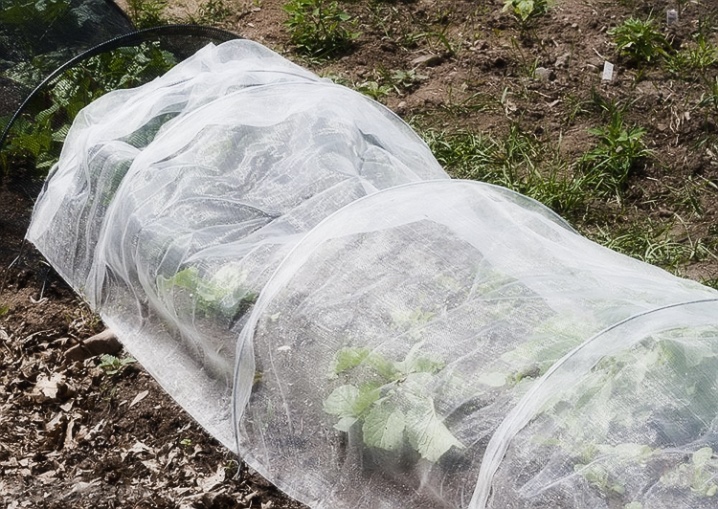













The comment was sent successfully.